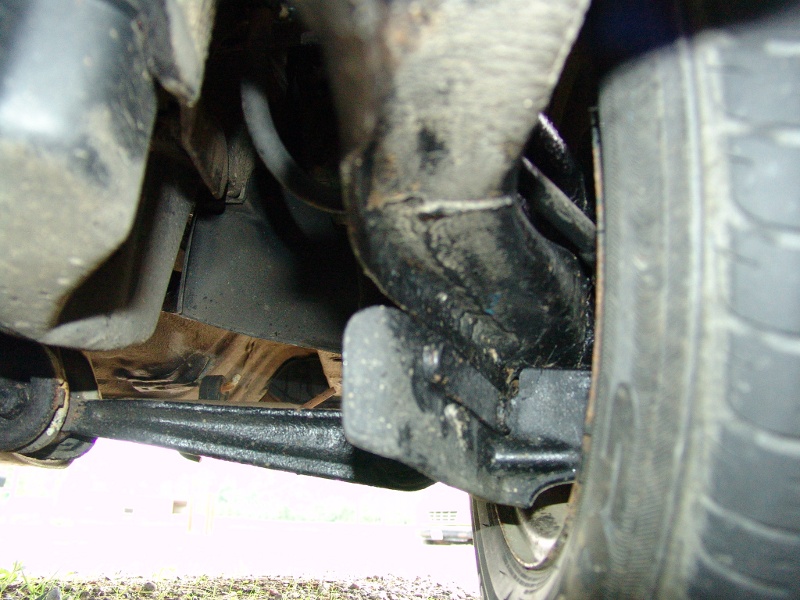I am halfway through my second full tank of gas and have logged 220 miles so it seems on track to maintain the nice mileage numbers. I am not sure I will have the patience to get three full tanks through it before I start the modifications. I have to at the least get the rocker panels and rear wheel wells together before next winter as well. At the rate we move that means I need to get started.
This car here is pretty much what I pictured doing when we aquired this car.
http://ecomodder.com/forum/showthrea...tml#post419709
I have some ideas for additional details but that is what I am shooting at.
I have idenified an interesting detail on my car and it has created several questons for me.
First what is it?

Second: What does it do?

I have never paid much attention to fine details like this so I am not sure I see how the turbulance around the wheels works in this example.
My first thought was that it is deflecting air that would be hitting the suspension arm into the hollow of the actual wheel.
My second thought was that it is deflecting the turbulance caused by the tire back into the wheel to minimize its effects.
I am wondering, given the nature of some of the other design details, if the engineers left the holes in the wheels, and covers I suppose, to allow the air pressure to equalize keeping that deflected air from creating turbulance if it has nowhere to go?
I noticed that few if any HIgh mpg cars come with solid wheels or smooth covers.
So as I plan my skirts, wheel well covers and Kammback transitions those were the first questions that came up.
Thanks in advance.
__________________
1991 Civic LX
Operator software optimized for efficiency
Current modifications:
Vacuum gauge
Deleted rear mud flaps
Planned modifications:
Manual torque converter lock up
Full gauges (only has factory temp gauge)
MpGuino
Large front air dam (covering front grill)
Skirts
Rear Wheel enclosure
Partial rear pan
Kammback